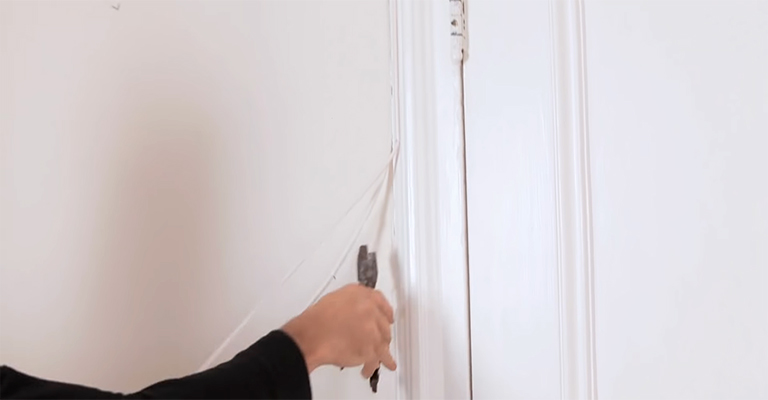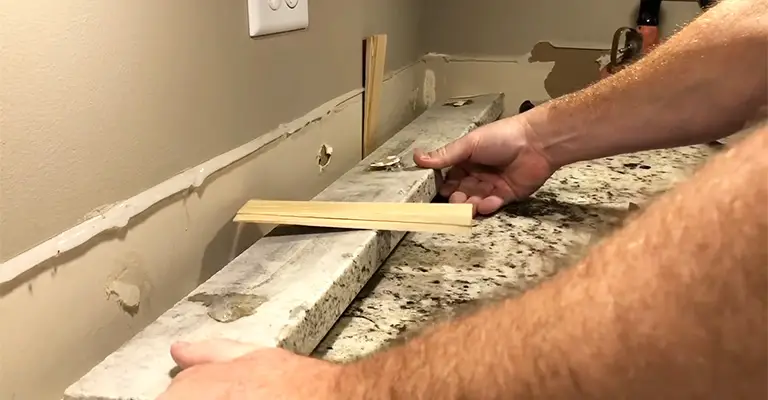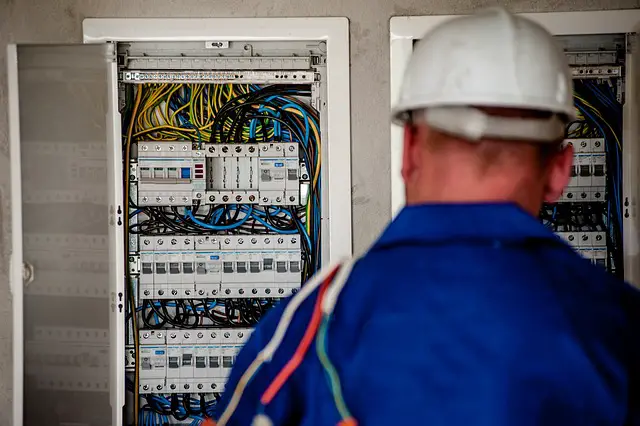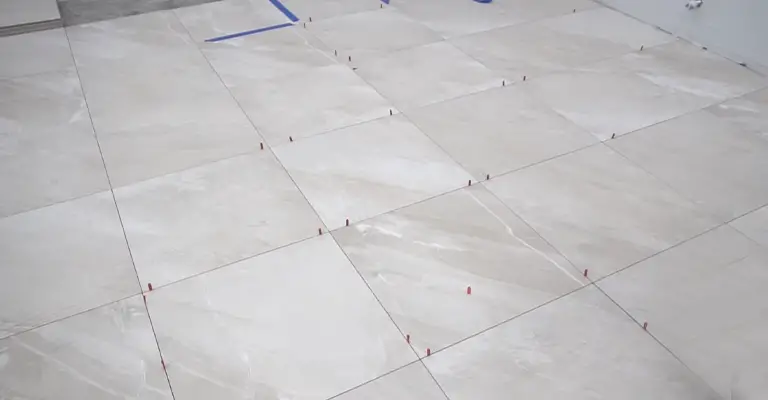How to Rewire an Old House With Plaster Walls
Rewiring an old house with plaster walls can be tricky, with lots of precautionary steps involved. First, you have to come up with a proper plan, including nitty-gritty details like the number of devices and wire type. Secondly, you are to remove the old wiring either by yourself or with expert help.
After that, you have to decide on whether to keep the plaster untouched or not. Upon deciding comes the process of hiring a professional with experience with similar houses. Finally, you need to install the new wiring while integrating the switches with the vintage look and feel of the building.
Is It Hard to Rewire a House With Plaster Walls
While rewiring a house with plaster walls, some spots can be hard to reach. In such cases, you may have to break some of the plaster down to create a passage. Plus, the slope on the outer walls might not be enough with crawl spaces being too tiny. Considering these, rewiring a house with plaster walls can be pretty daunting.
How to Rewire an Old House With Plaster Walls
The process consists of two major parts: removing the old wiring and installing new wires into the walls.
How to Remove Old Wiring From Walls
Although removing old wiring is not the hard part of rewiring an old house, you should remain cautious no matter what. With that said, follow these simple steps, and you will be there in no time.

Check for Local Codes
Before you even start the project, make sure your local authority or municipality codes support DIY electrical work. While most cities are okay with DIYers performing such jobs, others will require you to get a permit. But in some regions, you have to be a certified electrician to remove old wiring from the walls.
Switch off the Circuit
Turn off any electrical supply to the wires that you wish to remove. Usually, you will have to identify the circuit that supplies electricity to the main circuit breaker. Once you have found it, shut it down by moving the breaker to its off state.
Remove Coverings
Get rid of anything like a junction box or section cover to get proper access to the existing wiring.
Double Check the Connections
Pick up your voltmeter and test the wires to see if the electricity got cut off properly. Once the reading is zero, you can rest assured and proceed to the next step.
Pull Off the Wires
At this stage, you can pull the wires from their respective terminals. However, don’t forget to disengage the terminals with a screwdriver. For convenience, you can use needle-nose pliers and bend the wires.
Let Loose From the Other End
Locate the tail ends of the wires and unscrew them from associated terminals or wires. And if there are electrical tapes or wire nuts attached to them, disconnect those using appropriate tools. After that, untwist the wires for easy pulling from the opposite end.
Remove the Wires
Finally, pull out the wires with a gentle force to remove them without causing any damage to the walls.
Rewiring an Old House With Plaster Walls
Here’s a step-by-step guide to rewiring your old house, which is not the typical process we use with modern homes.
Create a List of Equipment
First, you have to estimate the number of devices you will possibly use in the house. Also, note down at which points you want them to be. Doing so will help you get a better understanding of the job parameters.
Go Through the Local Building Codes
Anything from the wire type to the number of outlets has standard practices, which usually comply with the local codes. So, having a look at them will give you a head start.
Select the Type of Wiring
Unlike the old days, modern homes require tons of wiring other than the regular electrical ones. For example, it is impossible to imagine present-day homes without running ethernet cables through the exterior or interior, let alone fire and security wires.
However, you may also want to go wireless for the data connections. That’s not the point though. Try to decide on what wiring to use and what to avoid beforehand.
Plan in Detail
With the basics out of the way, it is time to create a detailed list of things you get done through the project. Also, note down your deadlines, if any. In addition, decide whether you want to keep the plaster intact or not.
Get a Clear Picture of the Existing Infrastructure
If you are okay with stripping down the plaster, you can skip this step. That is because removing the plaster will reveal all the existing plumbing or similar things out in the open. But if you plan on keeping the plaster as it is, mark down the infrastructures that require extra caution.
Hire an Electrician Experienced With Old Houses
Older buildings, especially ones with plaster walls, are susceptible to easy damage. Therefore, they require experienced hands and specific skill sets, which you should remember while hiring an electrician.
Take Restoration Costs Into Account
Be ready to deal with restoration projects followed by some demolitions. For instance, your electrician may have to create small crawlspaces to keep the plaster intact. And that will end up leaving some repair jobs that you need to take care of afterward.
Pay Extra Attention to Key Areas
For important appliances in the plan, try to run the wiring straight out of a circuit breaker into an outlet. Also, make sure there aren’t any other devices connected to the same breaker. This method is highly effective in decreasing the load on the system.
Furthermore, work on making the wiring as balanced as possible since loads may increase dramatically in the future. To clarify, track down the points connected to the breakers with multiple outlets and simplify them.
Cost to Rewire Old House With Plaster Walls
The cost can vary quite a lot depending on the size of your house and the amount of damage it has. On average, rewiring an old house with plaster walls can cost you anywhere between 1,000 to 12,000 dollars. However, it can go up to $1,500 if you want to rewire without removing plaster.
Frequently Asked Questions
Can you rewire a house without removing plaster
Yes, you can, by creating a crawlspace to get hold of the internal wiring. Although it eradicates the need for removing plaster, you will have to pay some extra bucks. Besides, the process is intricate and requires trained professionals to pull it off.
Do you need to cover cables before plastering?
It is always a good practice to cover the cables before applying plaster over them. That way, they will stay protected for several years without you having to rewire more often.
Bottom Line
It’s essential to emphasize the criticality of replacing outdated knob and tube wiring. This old wiring system, prevalent in many vintage homes, not only poses significant safety risks but also fails to meet modern electrical demands. To ensure a seamless transition, home owners are strongly advised to consult a licensed electrician. An experienced electrician possesses the requisite skills for fishing wires through existing walls with minimal disruption. This process typically involves running wires behind the plaster, a delicate task where tools like fish tape become indispensable. By carefully removing old wires and replacing them with new wire, you can enhance the safety and functionality of your home’s electrical system, one room at a time.
The decision to replace knob and tube wiring should not be taken lightly by home owners. It’s a complex project that requires thorough planning and execution. When running wires through an old house, the use of fish tape and other specialized tools plays a pivotal role in preserving the integrity of plaster walls. An experienced electrician will adeptly navigate these challenges, ensuring that new wiring is installed effectively without causing undue damage to the historic charm of your property. Remember, updating the wiring system of an old house is not just a renovation; it’s an investment in the safety, efficiency, and future value of your home.






